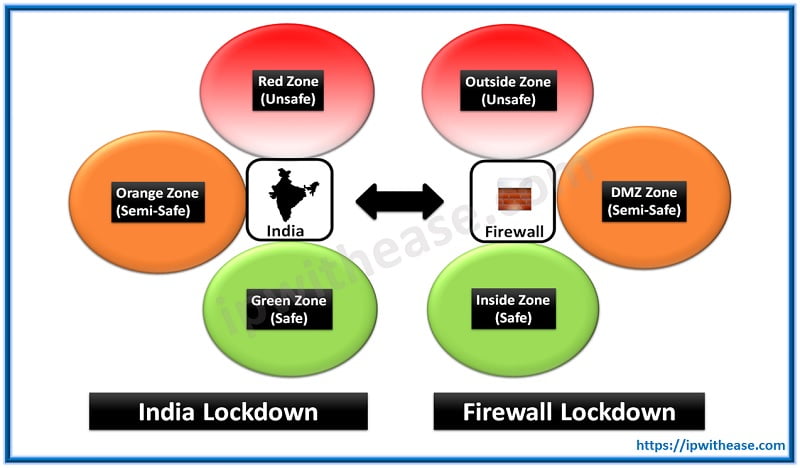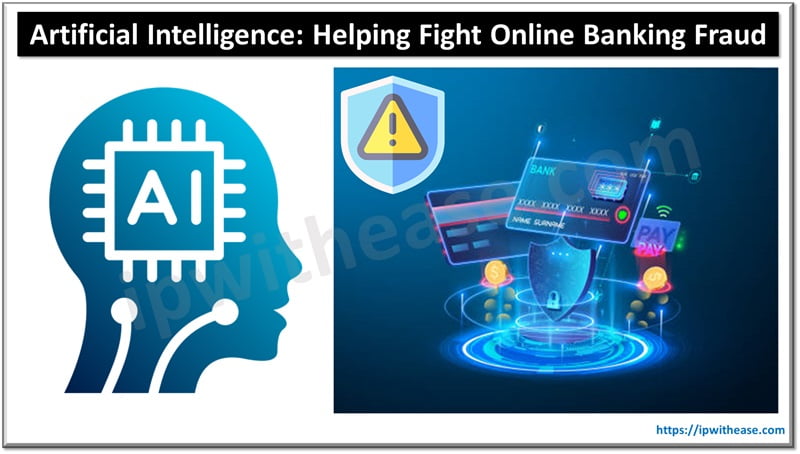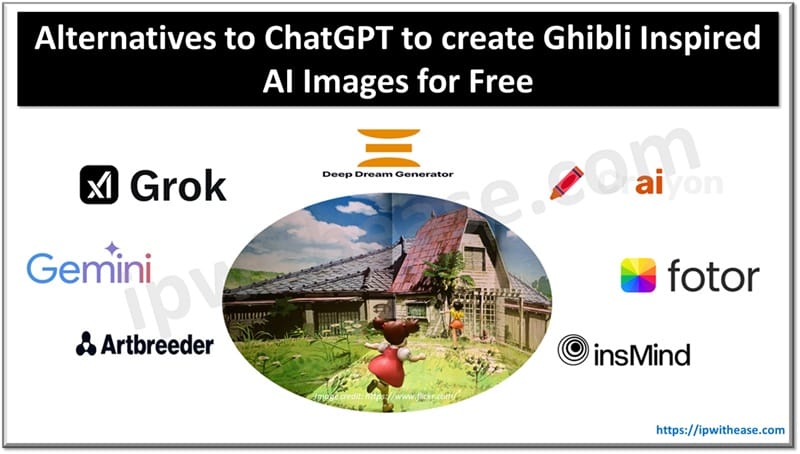DeFi is a new direction in the financial industry that is based on using blockchain technology and smart contracts to create decentralized financial applications (DApps). The DeFi app allows users to exchange, store, invest and borrow cryptocurrency without intermediaries such as banks and brokers. This is achieved through using decentralized exchanges and lending platforms.
Why is it relevant to build DeFi app today? It’s a fast-growing segment that allows people to access new opportunities for financial instruments and services, and expand their investment and financial management options.
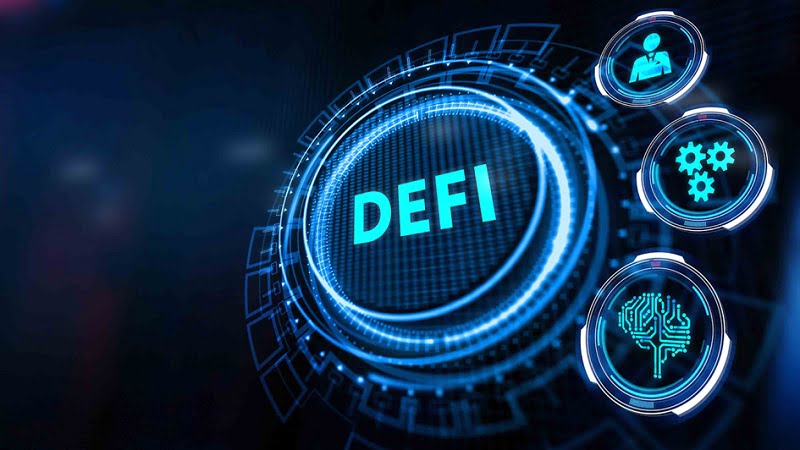
Trends of DeFi Development in 2023
In 2023, we can expect to see further innovation and development in the DeFi ecosystem, with new protocols and applications that provide greater functionality, scalability, and interoperability.
Some potential areas of growth for DeFi in 2023 include:
- Increased integration with traditional finance: As DeFi platforms mature, they may begin to integrate more closely with traditional financial systems, enabling greater access and interoperability between the two worlds.
- Expansion of use cases beyond lending and trading: While lending and trading have been the primary use cases for DeFi thus far, we may see the development of new applications and use cases that leverage the unique properties of decentralized networks and smart contracts.
- Continued growth in decentralized exchanges (DEXs): DEXs have emerged as a key component of the DeFi ecosystem, allowing users to trade cryptocurrencies without relying on centralized exchanges. In 2023, we can expect to see further growth and innovation in the DEX space.
- Greater focus on security and regulation: As the DeFi ecosystem continues to grow and attract more users and assets, there will likely be a greater focus on security and regulation to protect users and ensure the stability of the system.
DeFi development in 2023 is likely to be characterized by continued growth, innovation, and maturation of the ecosystem, with new applications and use cases emerging and greater integration with traditional finance.
What Types of Projects Are Worth Highlighting Today
There are many types of these projects, each providing different opportunities to manage and exchange digital assets. Some of the most common types include:
- DEX: allows you to exchange cryptocurrencies and digital assets with each other, without having to trust central exchanges. Examples are Uniswap, SushiSwap, and PancakeSwap.
- DMMs: allow you to borrow and lend digital assets as collateral to earn interest on the loan. Examples are Aave and Compound.
- Stablecoins: These are digital assets that are linked to fiat currencies or other assets to provide stability and predictability of their price. Examples are USDT, USDC, and DAI.
- Decentralized Portfolios: These are applications that allow users to create and manage diversified portfolios of digital assets. Examples are Set Protocol and PieDAO.
- Decentralized insurance pools: allow you to protect investments in the event of adverse events. Examples are Nexus Mutual and Cover Protocol.
- Decentralized Credit Assessments: creditworthiness of borrowers, allowing them to access financial services without having to provide traditional bank documents. Examples include Bloom and TrustScore.
Necessary Features of a DeFi App
Such services are based on blockchain technology, which means there are no central control nodes. Instead, they are based on smart contracts that automatically fulfill set conditions, allowing users to manage their funds without having to entrust them to a central authority or intermediary. Other features worth highlighting are:
- Transparency: all transactions are open and accessible to all participants, which provides transparency and reduces the risk of fraud.
- Security: Using cryptography and smart contracts provides a high level of security and protection against hacking or theft of funds.
- Interoperability: most projects are based on open standards, allowing them to interact with each other and use different digital assets, which increases their flexibility and functionality.
- Low Fees: With no intermediaries and using decentralized exchanges, we get low fees for transactions, making them more accessible to a wider audience.
- Autonomy: smart contracts allow users to create autonomous financial applications that can function without the involvement of central authorities or intermediaries.
This is a new paradigm for financial applications that could change the way we interact with financial services.
DeFi App Development Process
Development requires defining the target audience and the concept. Before you start working on the project, determine which target audience it will address and what specific problems it will solve. It is also important to follow a lot of features and basic steps. Here are some of them:
- Source data analysis: you need to determine the basic requirements for the system, based on the analysis of data about the processes to be automated.
- Choosing the platform that is best suited for development is key.
- Developing smart contracts that perform actions based on predefined conditions.
- The frontend and backend need to be developed.
- Before launch, testing and auditing should be done to detect and correct bugs and make sure that the system works correctly and securely.
- Once testing and auditing is completed, the DeFi app can be launched on the platform. Further support and development are also important steps.
Special attention must be paid to security, as cryptocurrency and digital assets can be stolen by hackers. Risks associated with changes in legislation and regulation should also be considered.
How to Monetize Your DeFi App
Commissions are the main way to make money from such a project. It is based on the collection of commissions for use. For example, decentralized exchanges charge transaction fees, and credit protocols may charge interest for providing loans. There are several other ways to monetize:
- Token ownership. Many projects create their own tokens, which can be used to access additional features and services. Tokens can be sold on the market, and holders can either receive dividends or vote on decisions.
- Some provide asset management services, such as cryptocurrency portfolios. In this case, interest can be earned for asset management.
- Companies can turn to DeFi app developers to create custom solutions for their needs, such as automating business processes or creating infrastructure for their own projects.
- The DeFi app can integrate with other applications, such as wallets and banking services, which can provide an additional source of revenue.
It is important to note that monetization should be based on the principles of decentralization and openness, so as not to violate the concept or infringe on users’ interests.
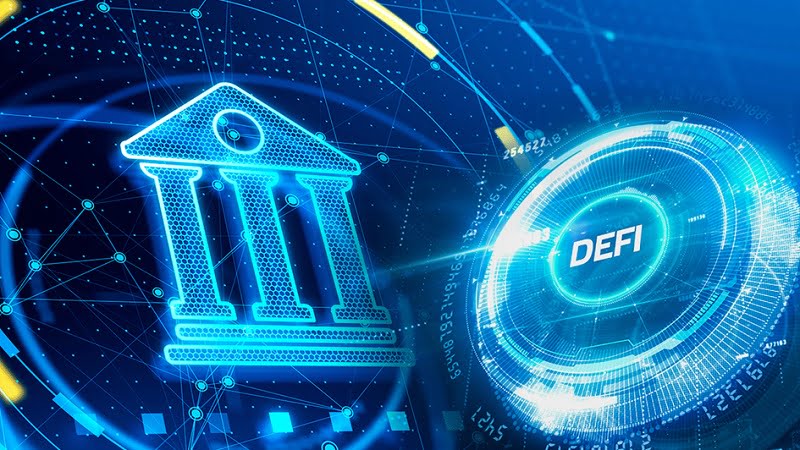
Conclusion
The market continues to grow rapidly, attracting more and more users and investors. This means there is a potential audience for a new DeFi app. Creating a new product can be profitable for several reasons:
- Open access to all users who have access to the Internet. This means you can create an app for a global audience with no restrictions.
- Blockchain means that everything is decentralized and requires no intermediaries. This reduces maintenance costs and allows users to control their assets.
- Usually low transaction and transaction fees are charged. This attracts users and lowers costs for businesses.
- Development requires the development of new technology and innovation, which can lead to unique products and services.
However, the risks associated with the crypto industry, as well as competition in the market, must be considered when creating a DeFi app. Nevertheless, a fair and effective DeFi app can lead to significant success and revenue.
Continue Reading:
What is DeFi in Cryptocurrency?
What is Encryption? Detailed Explanation
ABOUT THE AUTHOR
IPwithease is aimed at sharing knowledge across varied domains like Network, Security, Virtualization, Software, Wireless, etc.

